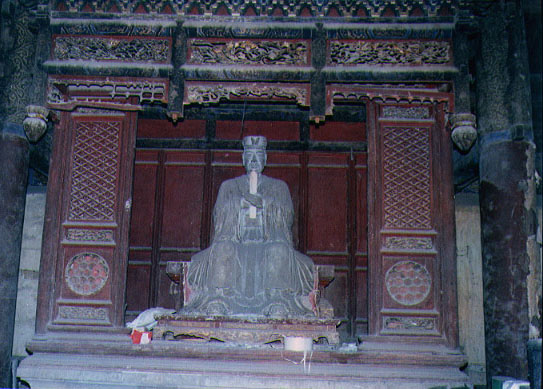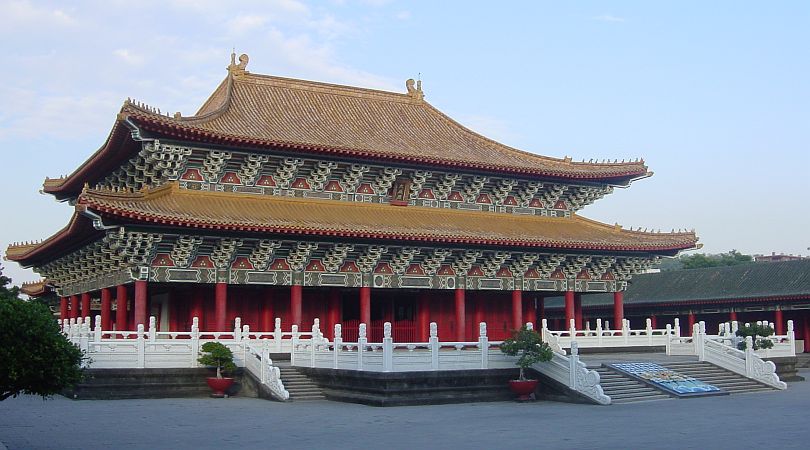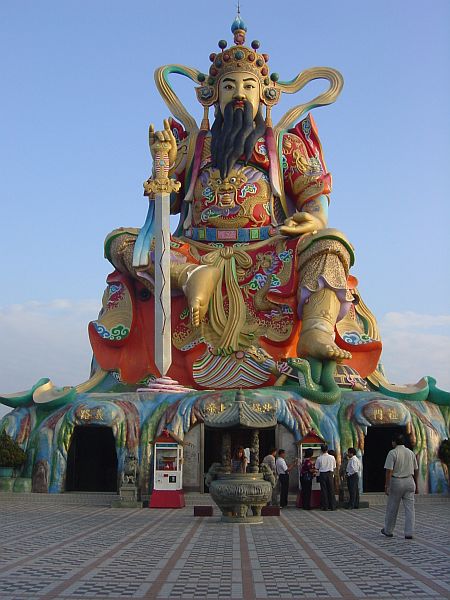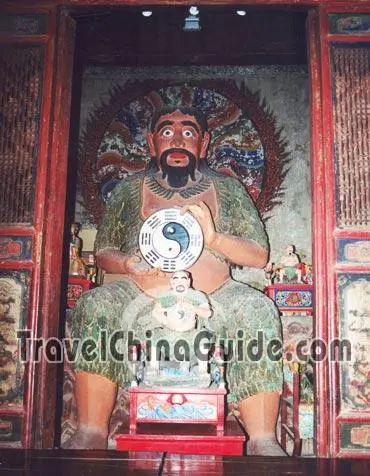Dong Yue Temple,Beijing, China.
 Dong Yue Temple,Beijing.
Dong Yue Temple,Beijing.Originally built in the 13th and 14th centuries with financial help from the Emperor Yuan Wenzong, Dong Yue was an important Imperial temple from the Ming Dynasty on, and thrived under patronage from the throne. It fell into disrepair after the last emperor was toppled in 1911.
Copyright © 2001-2006 天野工作室 all Rights Reserved 版权所有 ※
http://www.skyeh.com/desktop/desktop5.htm

































